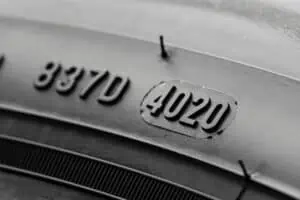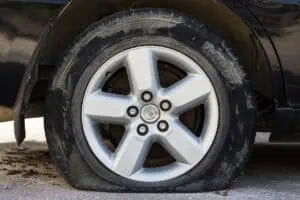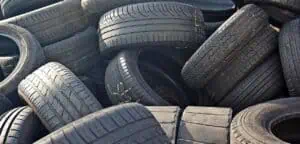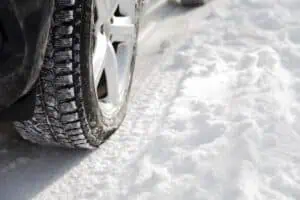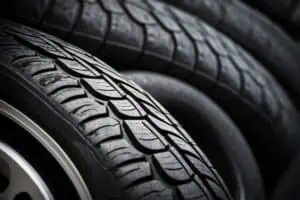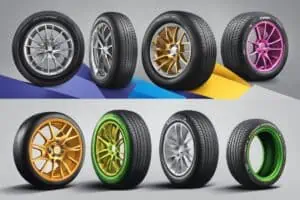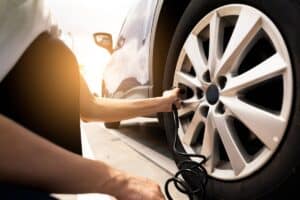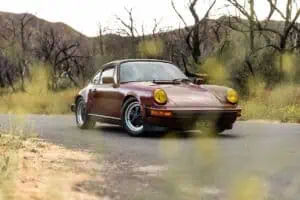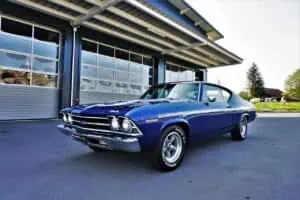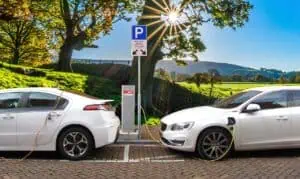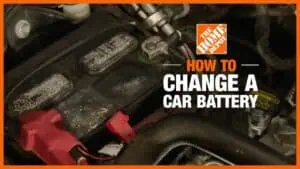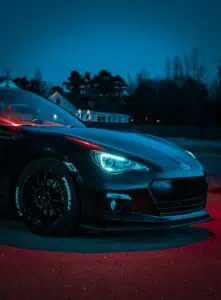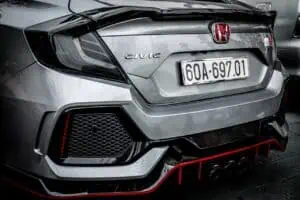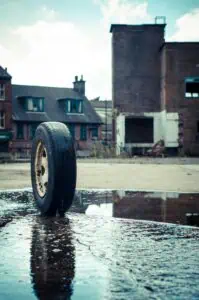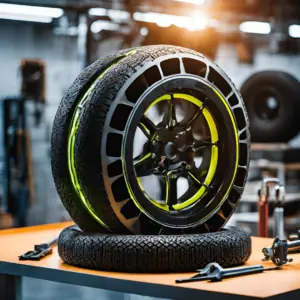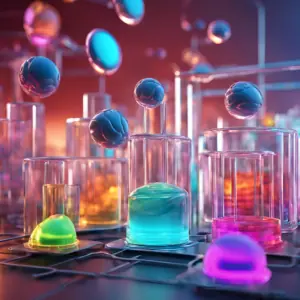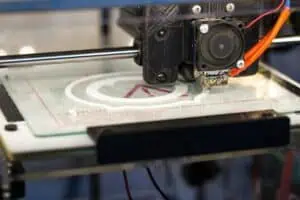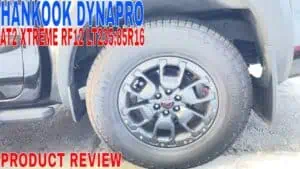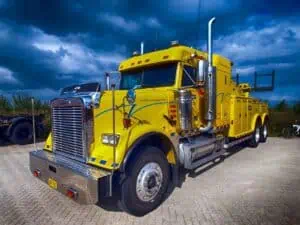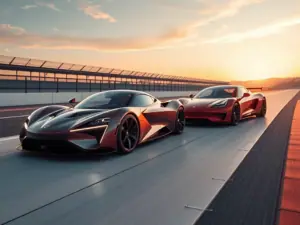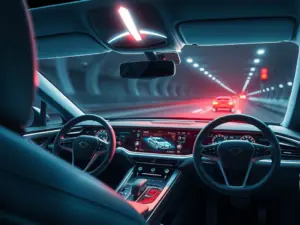Picture this: a rusted-out 1967 Ford Mustang sitting in an old barn, covered in dust and forgotten by time. To most, it’s
just a heap of metal. But to a vintage car enthusiast, it’s a diamond in the rough, waiting to be polished back to its
former glory. This, my friends, is the world of vintage car restoration – a realm where passion meets persistence, and
history roars back to life.
Here’s why you should restore your vehicle at Vintage Cars: From Classic Beauties to Investment Opportunities
The Emotional Connection: More Than Just Metal and Rubber
Ask any vintage car restorer why they do what they do, and you’ll likely get a response that goes beyond mere
mechanics. “It’s about preserving a piece of history,” says Tom Johnson, a veteran restorer with over 30 years of
experience. “Each car has a story, and when I’m working on one, I feel like I’m connecting with that story, becoming a
part of it.”
This emotional connection is what drives many enthusiasts to spend countless hours and hard-earned dollars bringing
these mechanical time capsules back to life. It’s not just about owning a cool car; it’s about being a custodian of
automotive heritage.
The Restoration Process: A Journey of a Thousand Miles
Restoring a vintage car is no weekend project. It’s a journey that can take months, even years, depending on the car’s
condition and the level of restoration desired. Here’s a brief overview of the process:
Assessment: This is where you evaluate the car’s condition and create a restoration plan.
Disassembly: Carefully taking the car apart, documenting each step.
Body Work: Repairing rust, dents, and other damage to the car’s body.
Mechanical Restoration: Rebuilding the engine, transmission, and other mechanical components.
Interior Restoration: Refurbishing or replacing the upholstery, dashboard, and other interior elements.
Paint and Finish: Giving the car its final, gleaming appearance.
Reassembly: Putting it all back together – a test of patience and skill.
Challenges Faced by Restorers: It’s Not All Smooth Riding
Restoring a vintage car is a labor of love, but it’s not without its challenges. Here are some of the hurdles restorers often face:
- Sourcing Parts: Finding original or reproduction parts for rare models can be like searching for a needle in a
- haystack.
- Rust: The arch-nemesis of every restorer. “Rust never sleeps,” as Neil Young famously sang, and car restorers
- know this all too well.
- Budget Constraints: Restoration costs can quickly spiral out of control if not carefully managed.
- Time Management: Balancing restoration work with other life commitments can be tricky.
Sarah Lee, a hobbyist restorer, shares her experience: “When I started restoring my grandfather’s old Chevy, I had no
idea what I was getting into. There were moments when I wanted to give up, especially when I discovered hidden rust.
But the day I finally got it running again… man, there’s no feeling like it.”
Preserving Automotive History: Why It Matters
In an age of electric cars and autonomous driving, why does restoring old gas-guzzlers matter? It’s about more than just
nostalgia. These cars represent important milestones in engineering, design, and cultural history.
“Each restored car is a rolling museum,” explains Dr. Emily Chen, an automotive historian. “They give us tangible
connections to the past, helping us understand how technology has evolved and how cars have shaped our society.”
Moreover, the skills involved in restoration – from metal fabrication to upholstery work – are becoming increasingly
rare. By keeping these crafts alive, restorers are preserving important knowledge for future generations.
Check out Vintage Vs. Modern Muscle Cars to see what’s changed throughout the years of it’s history.
Tips for Beginners: Starting Your Restoration Journey
Feeling inspired to dive into the world of vintage car restoration? Here are some tips to get you started:
- Start Small: Don’t make your first project a rare, complex model. Begin with something simpler and more
common. - Do Your Research: Learn everything you can about your chosen model before you start.
- Join a Community: Connect with other restorers for advice and support. Online forums and local car clubs are
great resources. - Invest in Quality Tools: Good tools make the job easier and more enjoyable.
- Document Everything: Take photos and notes throughout the process. You’ll thank yourself later.
- Be Patient: Rome wasn’t built in a day, and neither is a restored vintage car.
Tools of the Trade: Equipping Your Restoration Workshop
While the specific tools needed can vary depending on the project, here are some essentials for any vintage car
restorer:
- Jack and Jack Stands: For safely lifting and supporting the vehicle
- Engine Hoist: For removing and installing engines
- Welding Equipment: For repairing body panels and fabricating parts
- Sandblaster: For removing rust and old paint
- Compressor and Air Tools: For powering pneumatic tools
- Multimeter: For diagnosing electrical issues
Remember, you don’t need to buy everything at once. Build your tool collection gradually as you take on more complex
projects.
Modern Techniques in Vintage Restoration
While preserving originality is often a goal in vintage car restoration, modern techniques can sometimes offer
advantages:
- 3D Printing: For creating hard-to-find plastic parts or prototypes
- Computer-Aided Design (CAD): For precise measurements and fabrication
- Modern Paints and Coatings: For better durability and finish
- Updated Safety Features: Some restorers choose to add modern safety elements like disc brakes or three-point
- seatbelts
The key is finding the right balance between authenticity and practicality.
The Future of Vintage Car Restoration
As we look to the future, the world of vintage car restoration is evolving. With the rise of electric vehicles, some
restorers are exploring “restomod” projects – combining classic car bodies with modern electric powertrains. This blend
of old and new is opening up exciting possibilities for keeping vintage cars relevant in a changing automotive
landscape.
The Road Goes Ever On
Vintage car restoration is more than a hobby – it’s a passion, an art form, and a way of preserving history. Whether
you’re a seasoned restorer or a curious newcomer, there’s always something new to learn and experience in this
fascinating world.
As you embark on your own restoration journey, remember the words of Mike Foster, a lifelong restorer: “Every nut and
bolt you turn is a step back in time. You’re not just fixing a car; you’re breathing life back into a piece of history. And
when you finally turn that key and hear the engine roar to life… well, that’s a moment you’ll never forget.”
So, roll up your sleeves, grab your wrench, and get ready to make some history of your own. The world of vintage car
restoration is waiting for you!
Sources:
https://www.bamboliltd.com/blogs/products/trends-in-classic-car-restoration-the-future-of-auto-parts?
srsltid=AfmBOord6iyQxIvIL8QZN6iPF0vX7ojeMNNkL3vohE2k734Go8AftERp
https://packer.hms.harvard.edu/18-classic-cars-ultimate-restoration-ideas
